Schoolhouse Studios
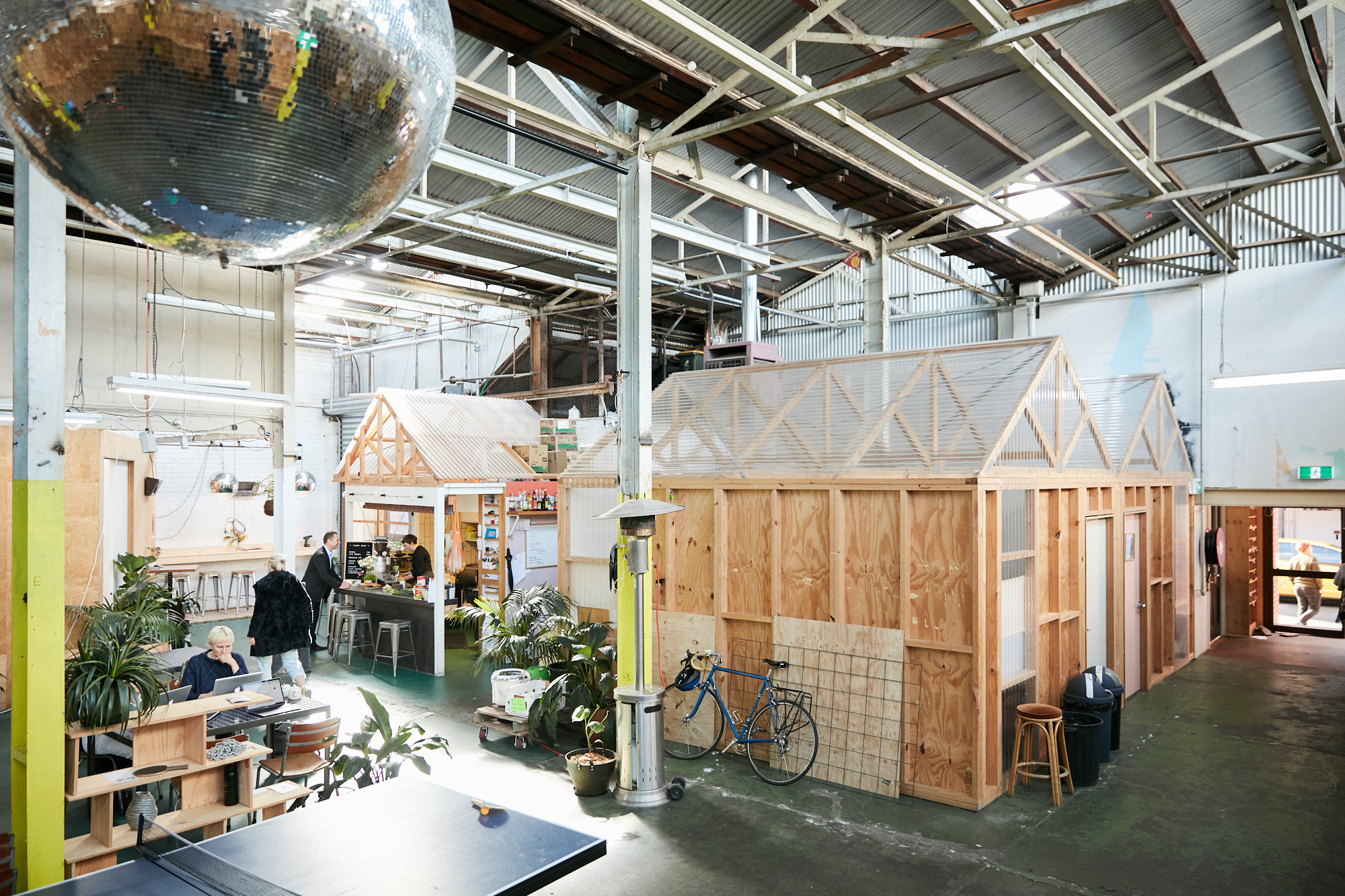
A cornerstone of Melbourne’s vibrant artistic community, Schoolhouse Studios has made it its mission to support artists and creative organisations by providing affordable spaces for them to develop their practices. Yet the road has been far from smooth. From its first incarnation in a former Abbotsford school through to the Collingwood warehouse and its most recent expansion to Brunswick East, Schoolhouse has met with all manner of setbacks, stumbling blocks and hurdles. Yet in the face of all challenges, co-directors Alice Glenn and Hazel Brown have gritted their teeth, knuckled down and hung on, transforming their dream of building a platform and community for artists into an ongoing reality – one that six years on, we would struggle to imagine Melbourne without. Not simply a workspace, the Studios are a hub as well as a meeting point between artists and the wider community. On the eve of their first-ever exhibition this Friday, Alice and Hazel reflect on their past, present and future vision for the Studios, in their own words.
Alice Glenn
I started Schoolhouse Studios with Elizabeth Barnett in about 2011. I’d just had my son Otis. Lizzie was a painter and I was running No Lights, No Lycra and making music videos. We both knew so many people who wished they had some space where we could all work together, support each other. But it was so expensive. There just weren’t many [affordable] spaces around.
We initially took over the old Steiner School down on Nicholson St in Abbotsford. It was a pretty amazing deal. The School was in the process of moving down to the Convent and had no use for the building, so we got it at incredibly cheap rent. It had a big basketball court and an orchard, and within a month we’d filled it with about 50 tenants – just friends and friends of friends. Over the next six months we slowly took over more and more of the school, until we basically occupied the whole premises – which was massive! We ended up with about a hundred artists there, most of whom were paying between 20-30 dollars a week for a huge, light-filled space overlooking an orchard. We even had a baby lamb living there at one point, and copious vegetables growing in the orchard. It was a commune. It was utopia! Right in the city.
But we always knew we wouldn’t have it forever. The school had sold it to a developer who was turning it into townhouses. Hazel took over Lizzie’s [role of co-director] and together we embarked on the epic journey of finding somewhere new.
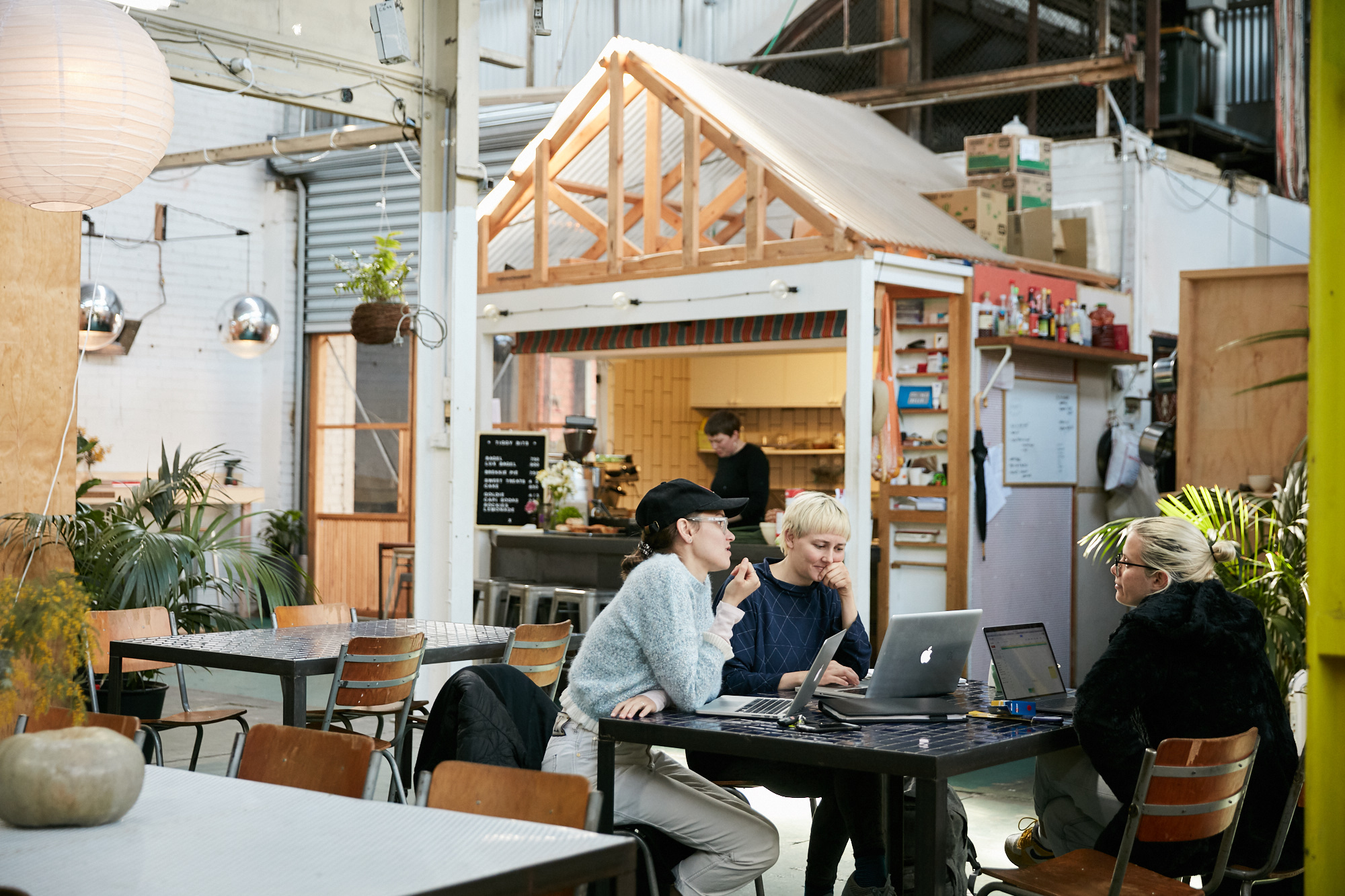
AG The 18 months we spent looking for a space, while the Studios were without a home, was an emotional rollercoaster. It was really just the two of us. We’d meet with our board and they gave us a lot of advice and support, but we’d never done anything like this before, and we were really starting from the very bottom. So much of it was just ‘keep morale up’. People lost faith in the idea many times. It all seemed too hard.
Hazel Brown
We had a little bit of savings, from having such cheap rent in Abbotsford, that we planned on using to build the new site, but then it took so long. We were paying ourselves 300 dollars a week to sometimes work 6-7 days a week on this project. And all the while, just slowly whittling those savings down.
AG In hindsight, if we’d been smarter, we probably would have charged slightly more for those original studios: still kept it ridiculously cheap, but charged just a little bit more, so we could have actually saved some money. But we never really embarked on it as a business idea. It was a community-building activity.
Finally we found [the Rupert St] property through a tenant who was at Schoolhouse at the time. Our landlords were pretty enthusiastic about us moving into this site – but we had no idea how expensive it was going to be just to get the building up to base code.
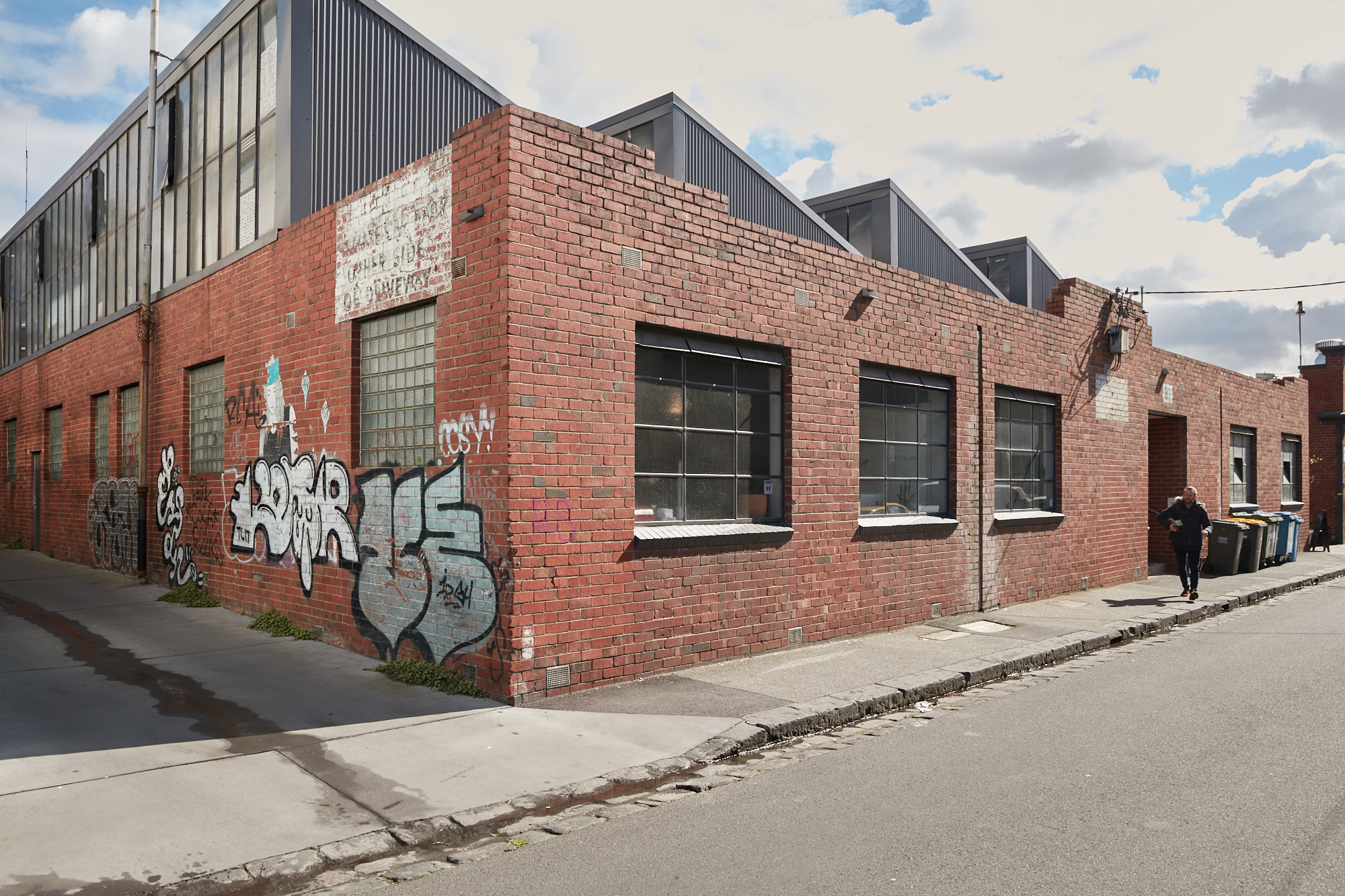
HB Even once we signed the lease and were in, starting the build, there were just so many hurdles. We thought we had everything done, we thought we had the permits and then someone would come in and inspect, and say it was going to cost another 40,000 dollars to get it up to standard. Then we were like: ‘well that’s the end’. We just didn’t have that money.
AG We had to go back to the people who had supported us financially and say, ‘actually we need a bit more’. That was probably the hardest thing. There was a lot of pressure too. We ran a Pozible campaign to fund the build of the new Studios and raised 50,000 dollars. A lot of those donations were from artists who didn’t really have the money to support us, but who still gave us 50 dollars here and there. And then, after we’d received all that money and already got so far, another big hurdle would come up. We were going to have to deliver at some point. Everywhere we went in Melbourne, people kept asking how it was going, when it was going to be done. We had to succeed. The business had to thrive, so we could pay back our loans.
When we got the building, it was an empty shell. No walls, no barricades. The process of designing something from scratch was so wonderful – working with the architect and really honing in on exactly what it is that we wanted the space to achieve. Because a lot of the time that was the problem with the big Nicholson St site: there were so many artists there and it was so big, you often didn’t know who was there. You didn’t meet people.
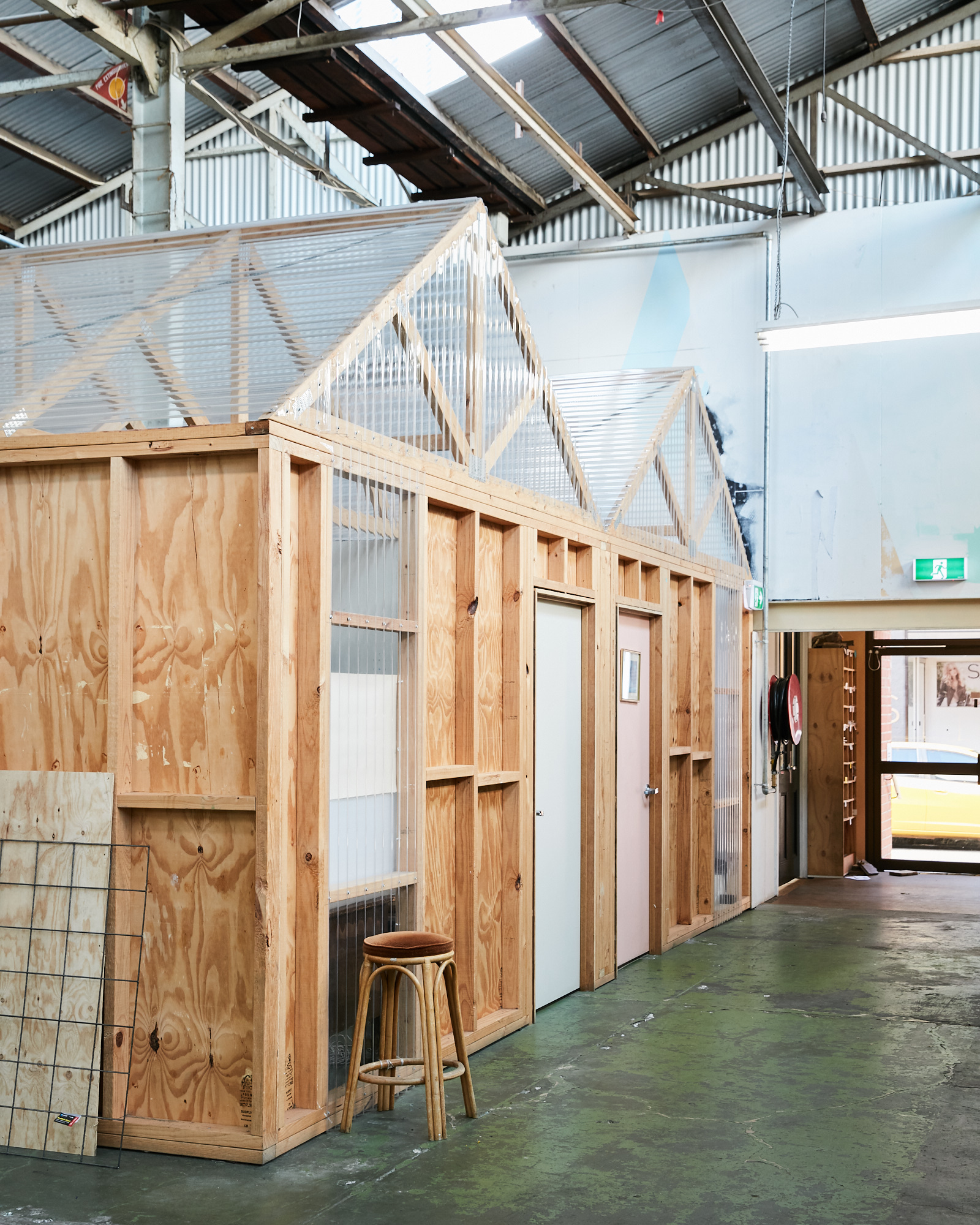
AGArchitect Murray Barker and interior designer Raphael Kilpatrick designed the whole interior space as modular units so it could pack down and come with us the next time we had to move. There are seven little huts and about 24 studios altogether, but at any one time there can be more than 80 artists working here. We’ve also created deliberate open spaces where people have to meet and interact – the central area is communal, the café, and the stage where we put on little events.
HB We loved how the old site was a bit of a maze and we wanted this new site to be similar – not just a hallway with stuff on the side, or a grid. We wanted there to be a sense of discovery. When you walk into this space at night, you can immediately see lights on in the studios. You can see someone’s working in there. It gives everybody a little glimpse of what’s happening.
AG We love having so many different artists and creatives under the same roof. They can collaborate and co-exist and support each other in their practices. We try to keep a mix of different disciplines and the design of the studios lends itself to that – there are larger spaces that have more natural light, but also smaller spaces, as well as spaces that suit bigger work, and then spaces for messy work too.

AG We’ve had maybe 1,400 people use a studio space here over the past 6 years in total. The turnover can be really high. As with any studios, people take up a space thinking they’re going to use it, then they can’t find the time, or it’s too expensive. We’ve got so many great stories of artists or creative businesses that initially came into a really cheap studio at the back of the space and have slowly moved their way to one of the more premium spaces at the front.


AGEvery month we have an exhibition at our on-site gallery, Long Division. We’ve just held a series called ‘Detention’ – everything is school-themed because of the history of the school – that was about business skills for artists. When it gets a bit warmer, there’ll be Friday night drinks through Tiggy that we hope will be a good meeting point for residents.
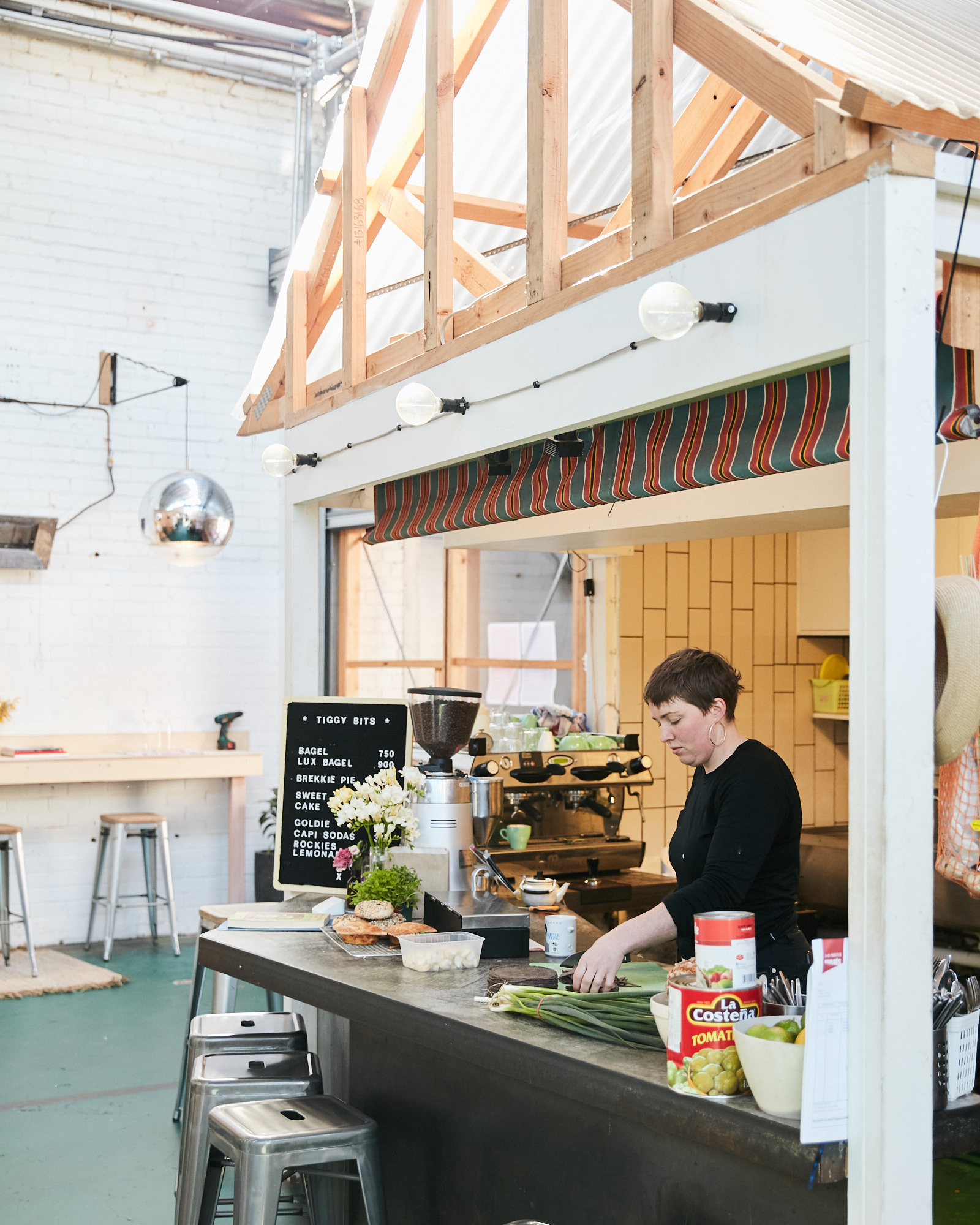
AGOne of the reasons we’re trying to keep Schoolhouse Studios in the inner north, in the thick of it, is that it’s where the other bigger galleries are and where there are people walking down the street going to other things, passers-by wandering through. This provides our artists with more visibility and a platform for them to show their work to the community. When people do come in off the street, they’re always really intrigued to know what’s going on here – interested to find out more.

HB We started the Brunswick East Schoolhouse site around 2 years ago. There are spaces there that are a little bit cheaper, but in terms of cost, East Brunswick is almost on par with Collingwood now. We were hoping that being a little bit further out we could make it dirt cheap, but once you do a build, the fit-out, you then have to make back that money in order to move forward. It’s a constant challenge.
On the night of the fundraiser we’ll be selling off aspects of the business that need help. And one of those is asking people to fund 6-12 months rent for an artist, so that we’ll be able to provide almost a scholarship for an artist who really couldn’t be here otherwise.
AG It’s hard for us – we haven’t reached out to the community since that Pozible campaign four years ago, but we’ve realised that we need to now. So this fundraising exhibition will be a regular thing.
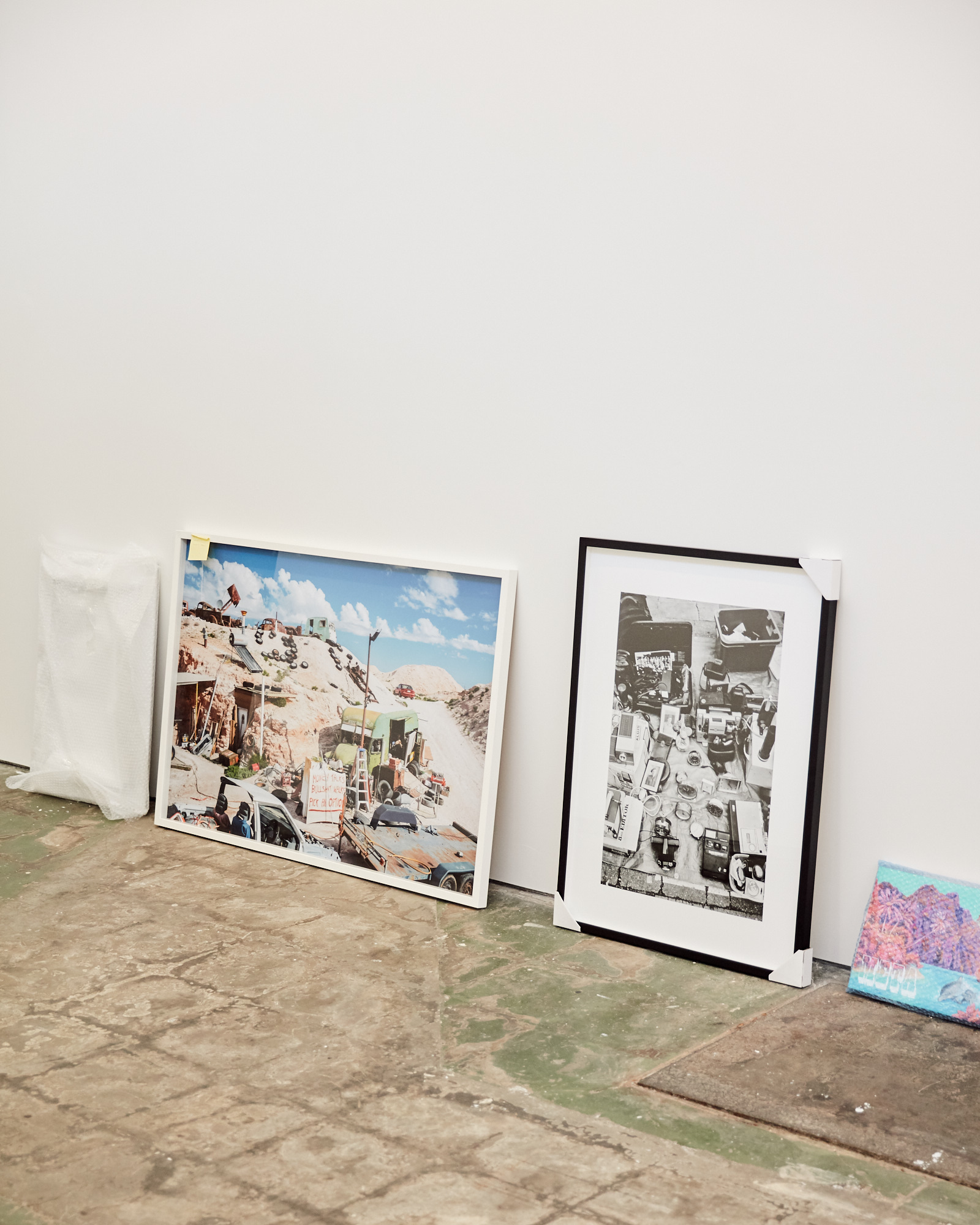
AGOur vision for Schoolhouse is evolving. When we were looking for a new site, one of our main stresses was the difference in price point between these Studios and the previous site. We were constantly questioning ourselves. No one’s going to pay that for a studio we thought, but the reality was, this is a commercial lease and we couldn’t afford to give people 100sqm for 30 dollars a week anymore. It just wasn’t feasible. We lost a lot of tenants because they were priced out, which was really sad, because they were the people we really wanted to be able to support – those people who really can’t afford to have a space. So a big focus at the moment is broadening our demographic.
If we can raise the funds to provide that scholarship model, that’ll be a good way to reach out to other parts of the community. We want to be more active with community partnerships too – to invite other communities in, to use the event space and the gallery. There are times when it feels a bit insular in here, and a bit of a closed community.
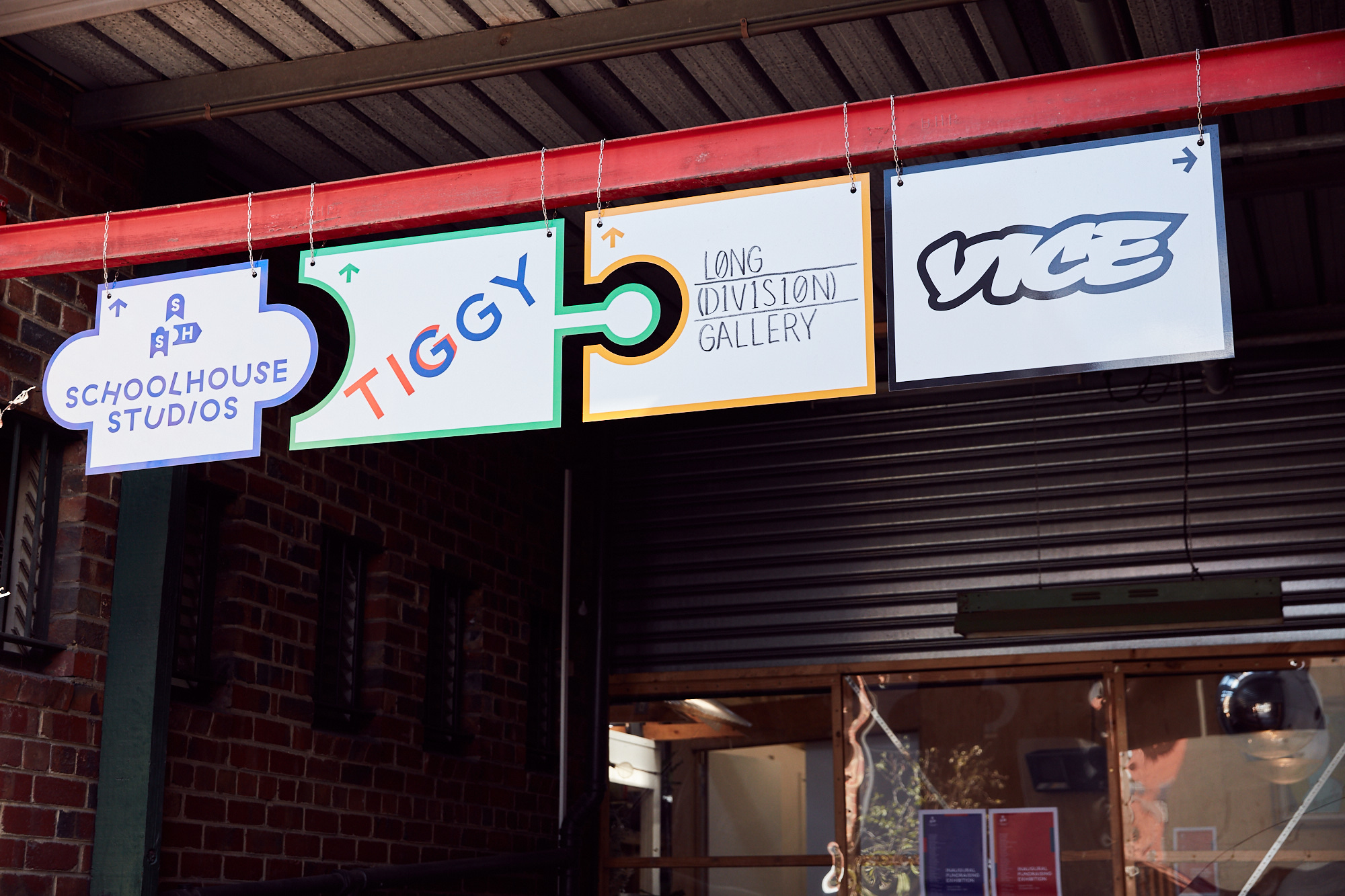
AGOur lease here also runs out in a year and a half, and another step is finding a new home. We’ve actually never really stopped looking, as we knew from previous experience how long it might take.
One of the biggest things I’ve learnt through running Schoolhouse is the beauty of delegating. Recognising your strengths and your skills, and recognising when to outsource. Both Hazel and I have a tendency to be slight control freaks. We love this process of doing it all, and we learnt as we went. But we now need to develop certain areas [of the business] and neither of us have those skills.
HB Having a baby recently has made me feel that way too. I used to run a record label and study and do Schoolhouse and that was just a bit too much. I felt like I couldn’t do any of them well.
AG As you get older you realise you have to prioritise the things you do. Try to do less, well. With a comma in the middle.
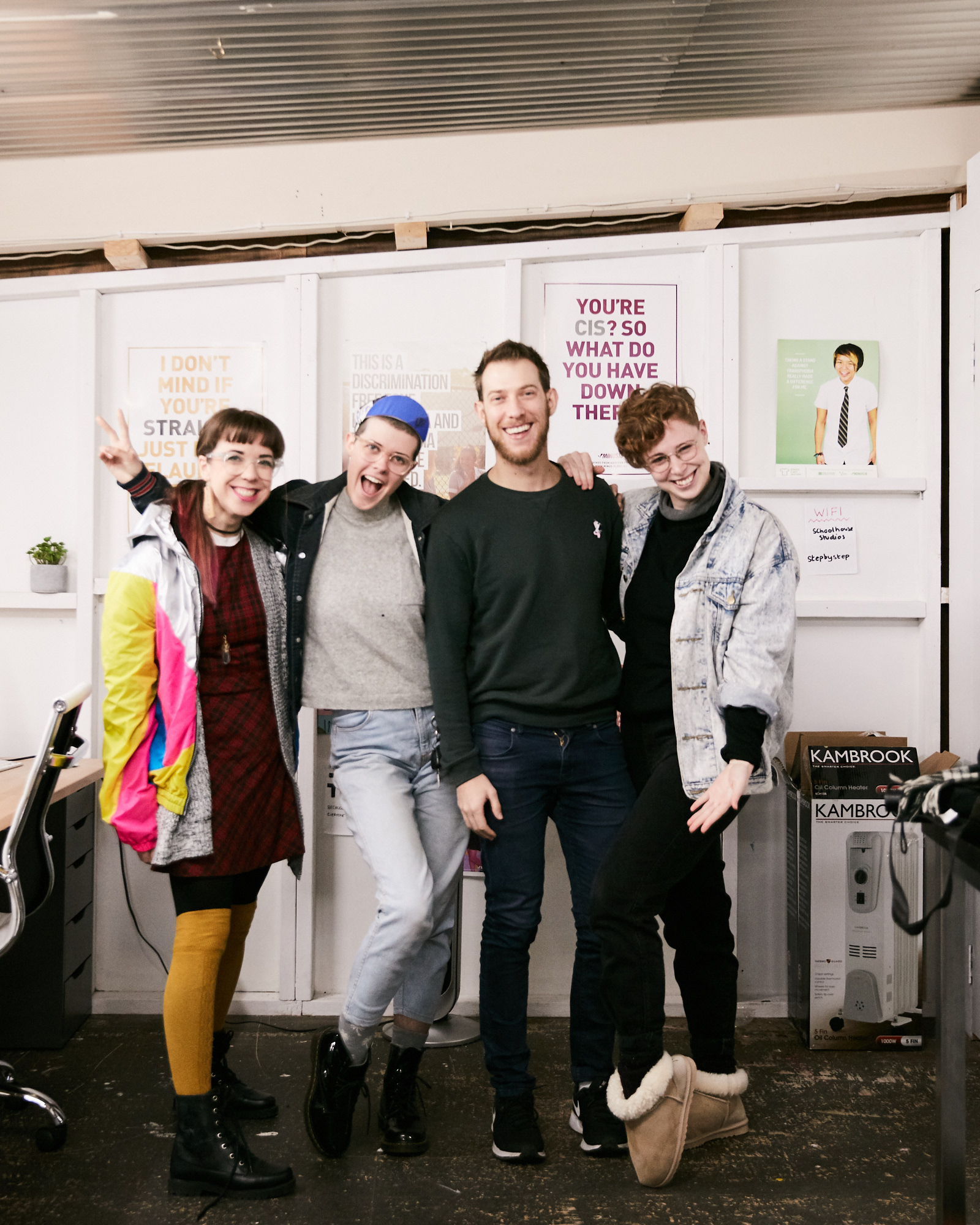
Thanks to Alice Glenn and Hazel Brown for taking the time to chat. Keep up to date by heading over to schoolhousestudios.com.au.